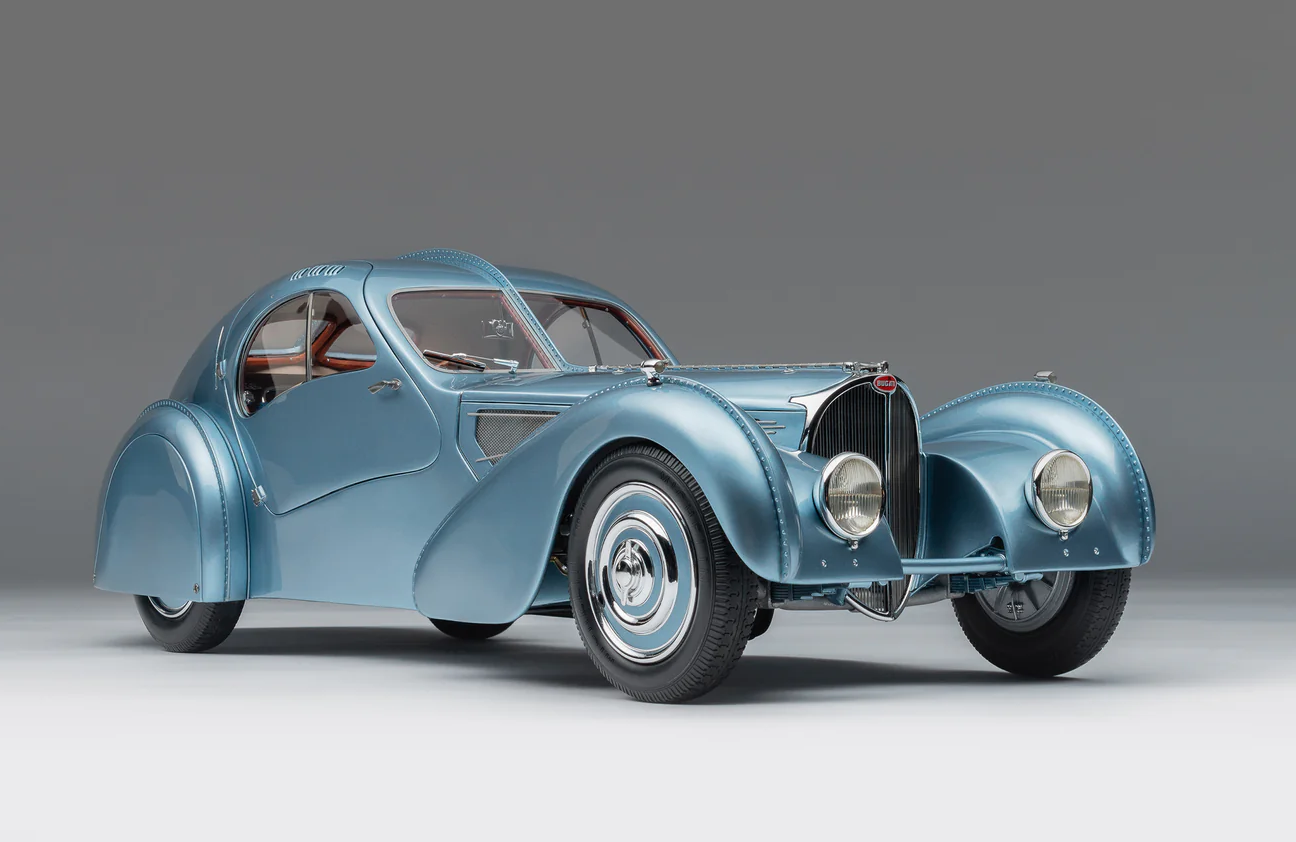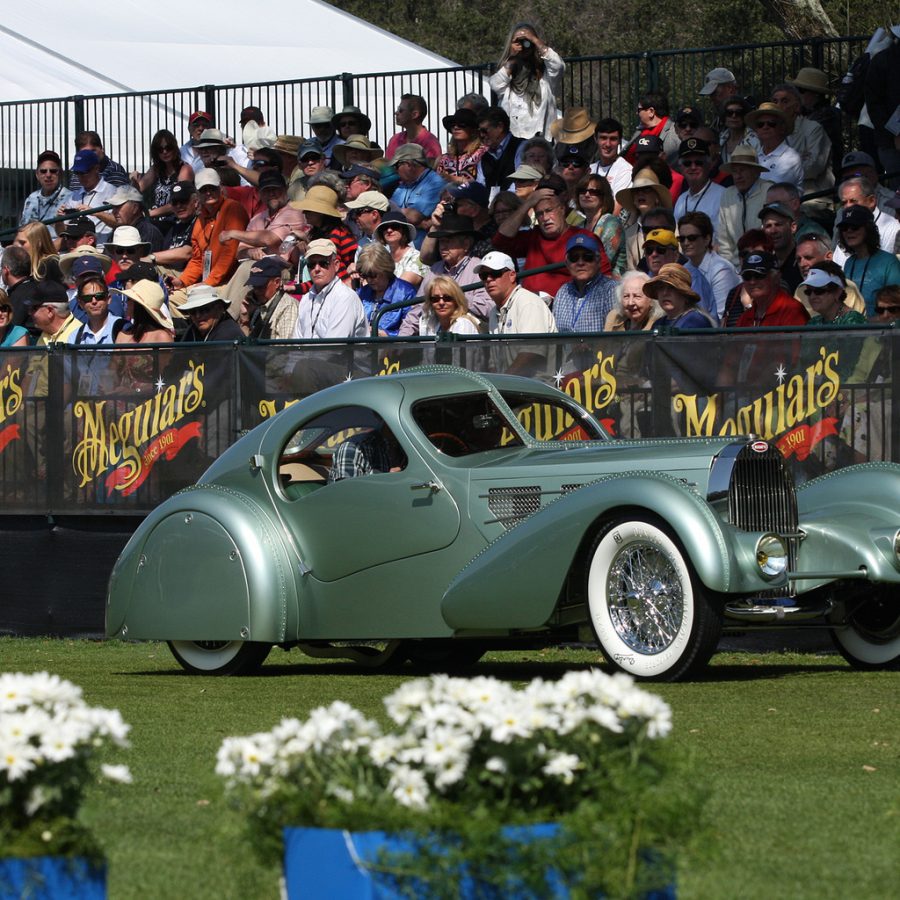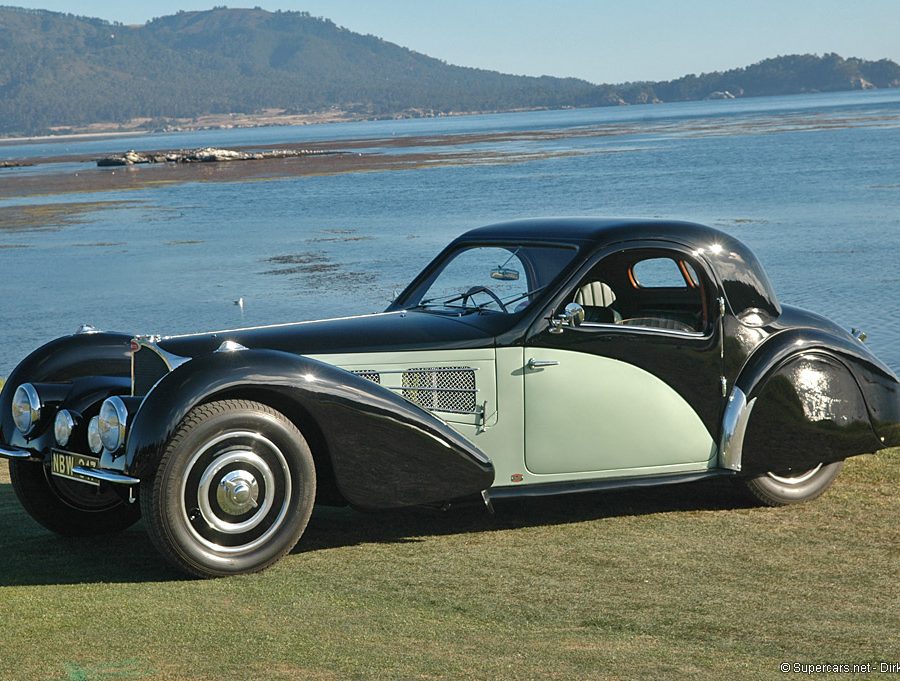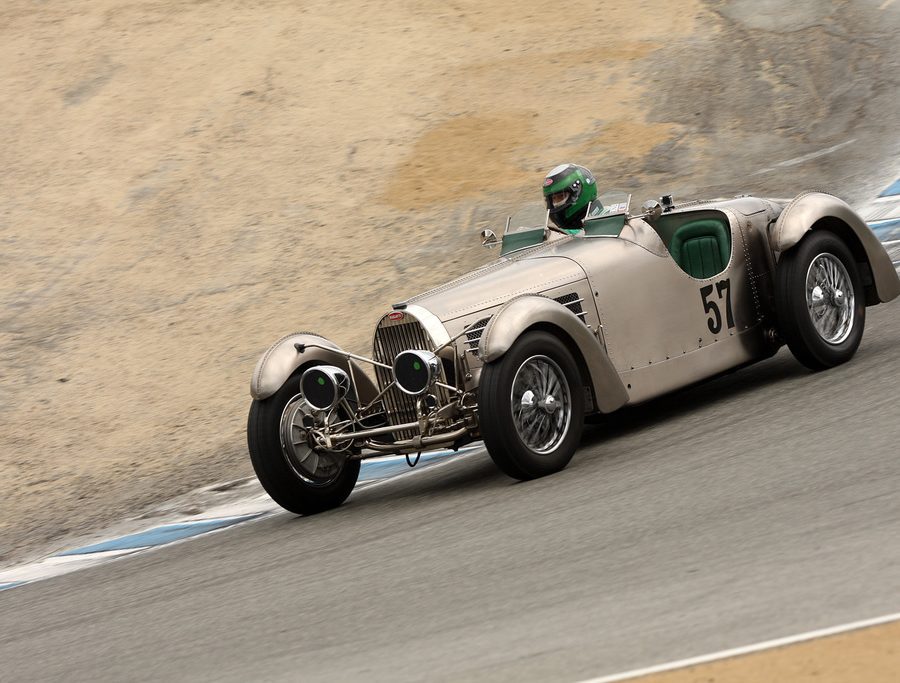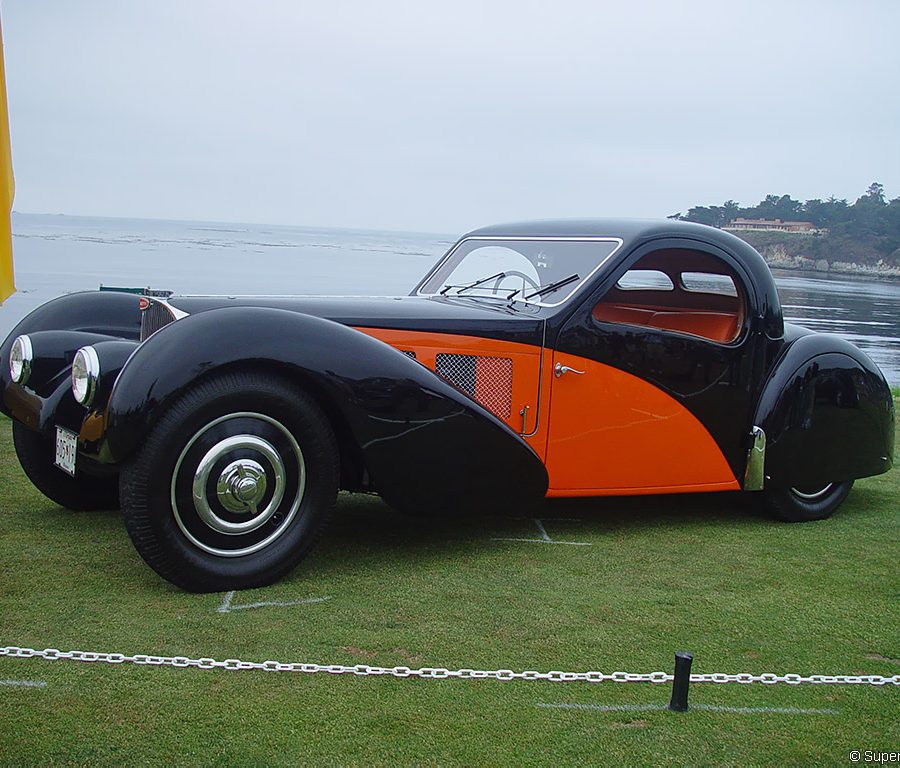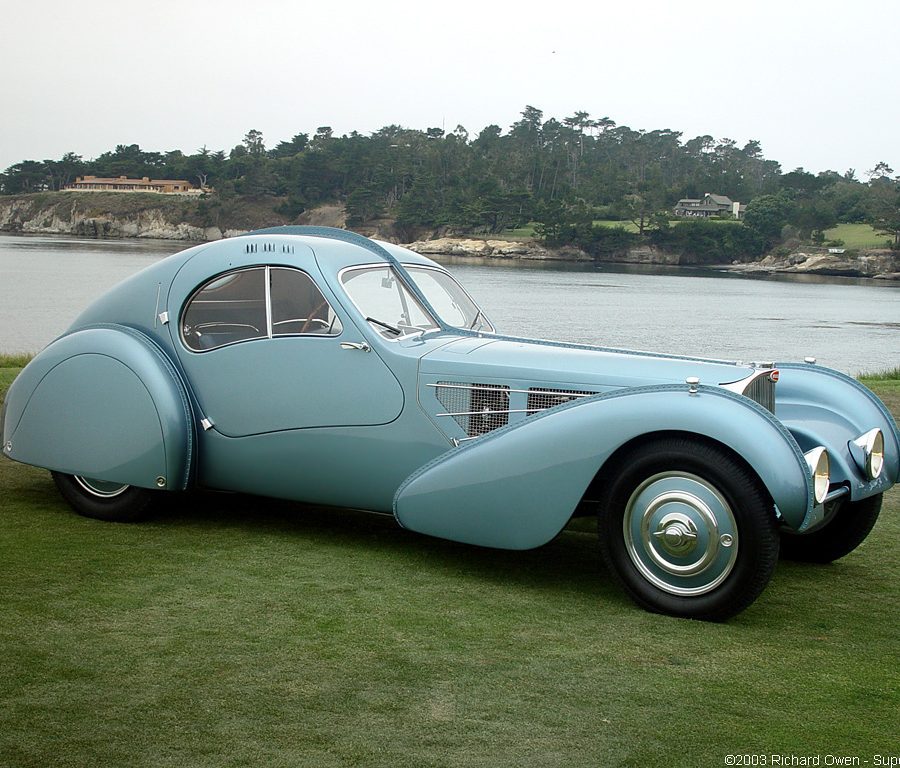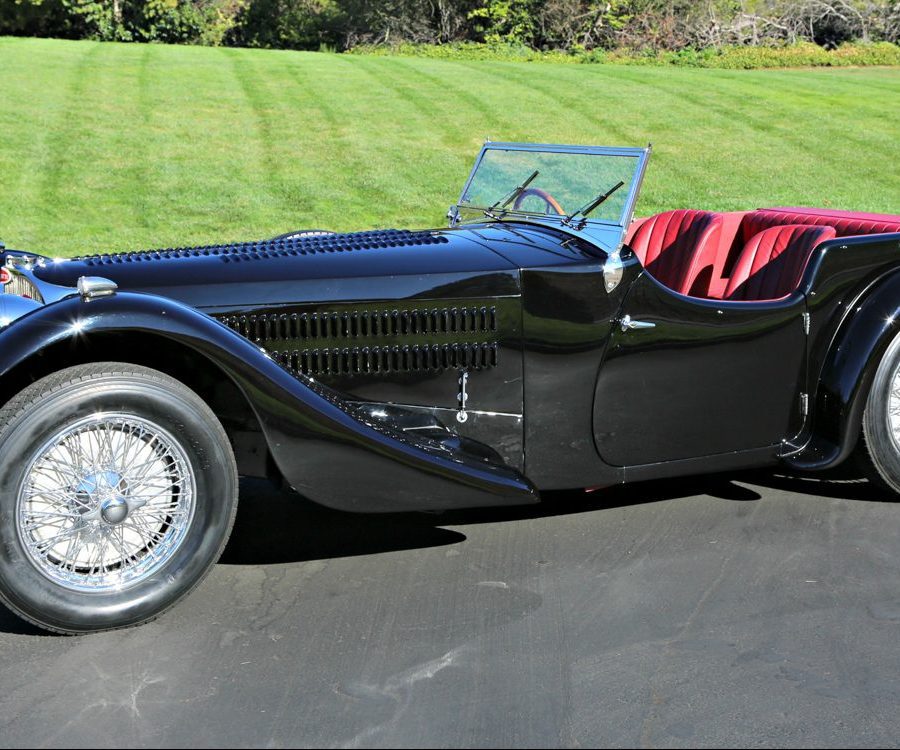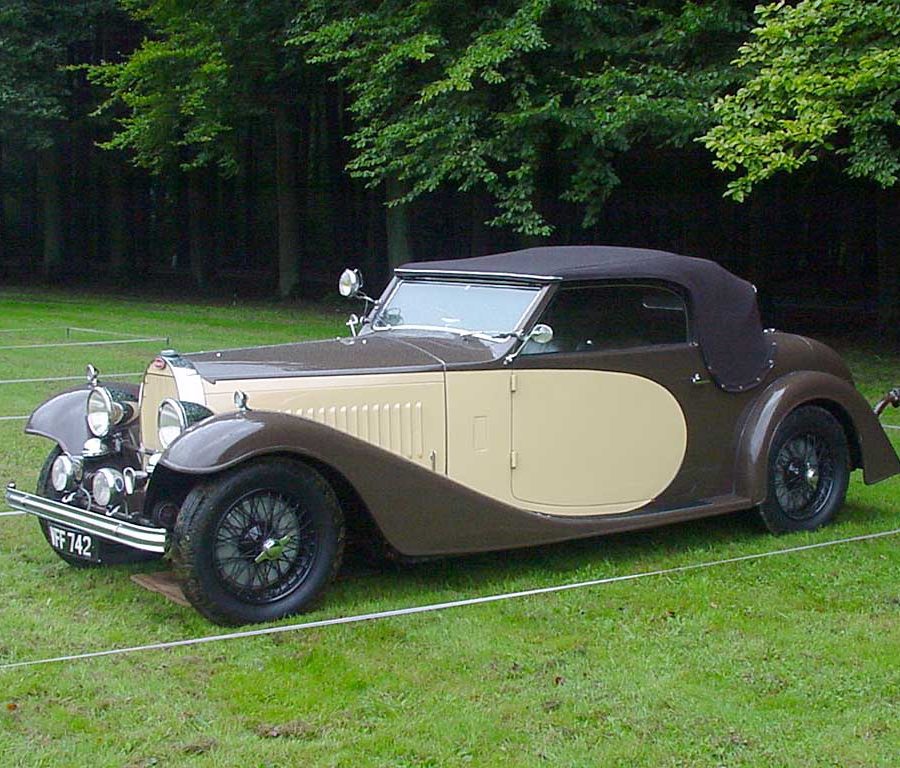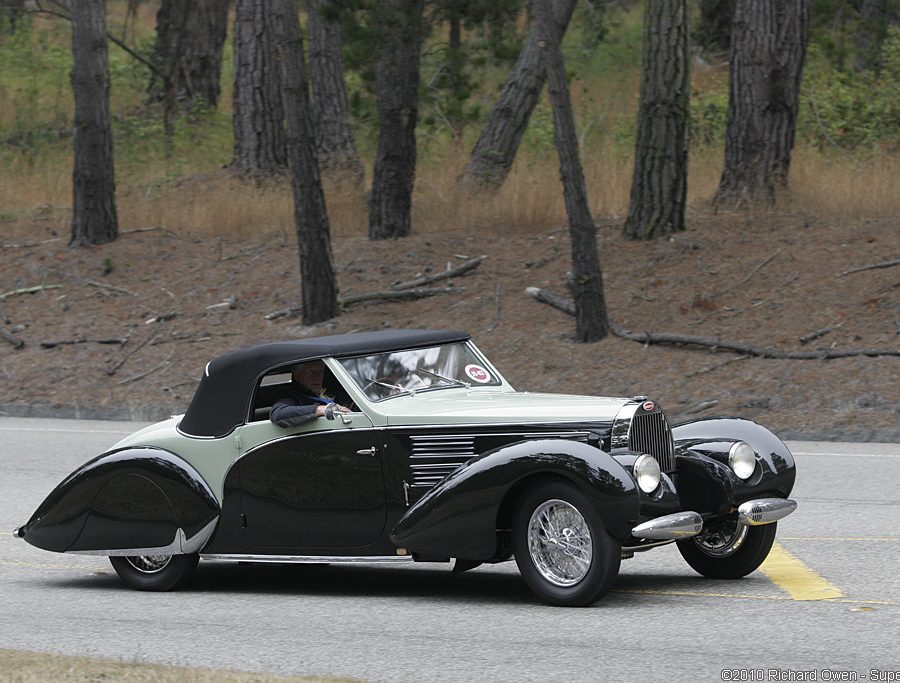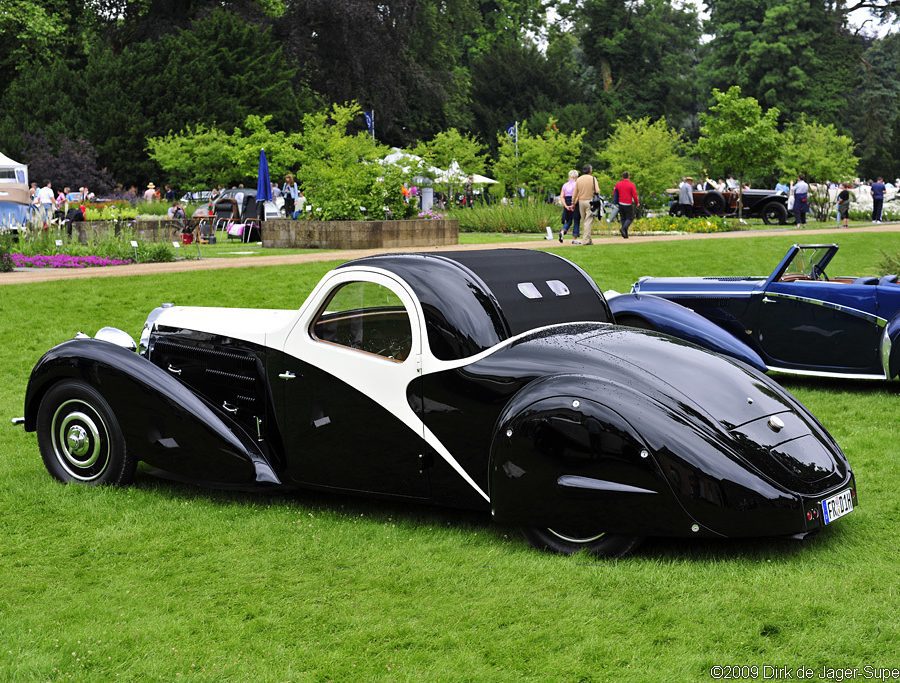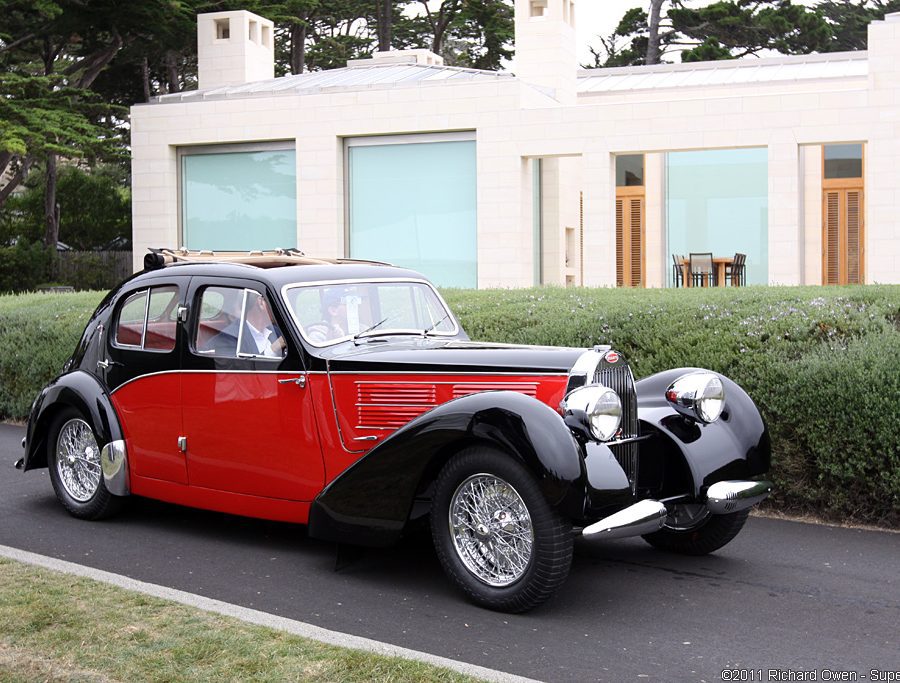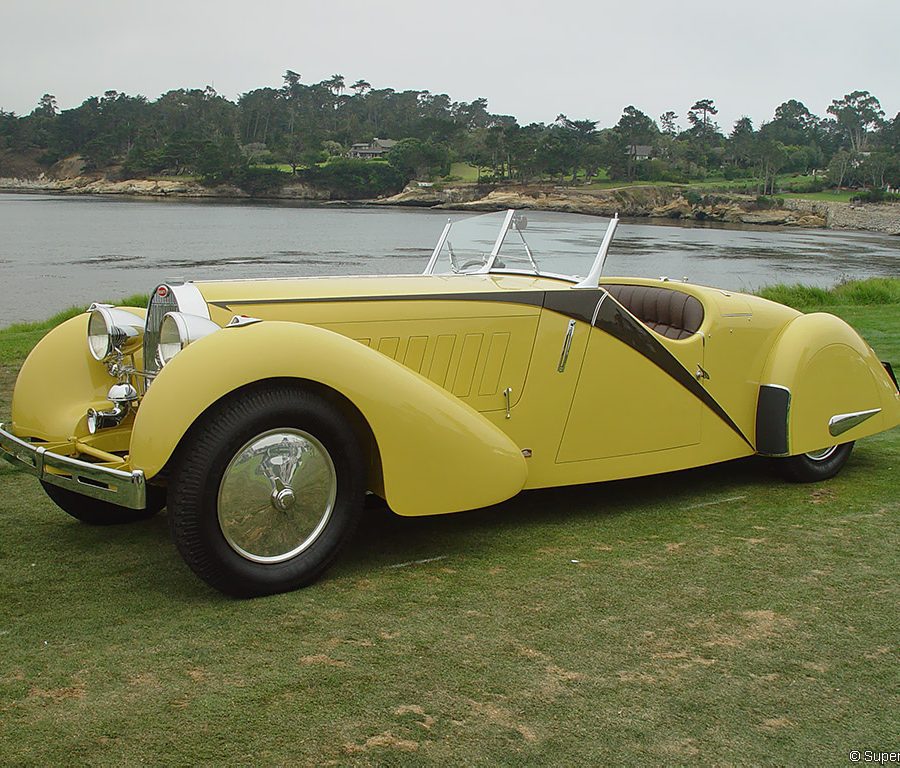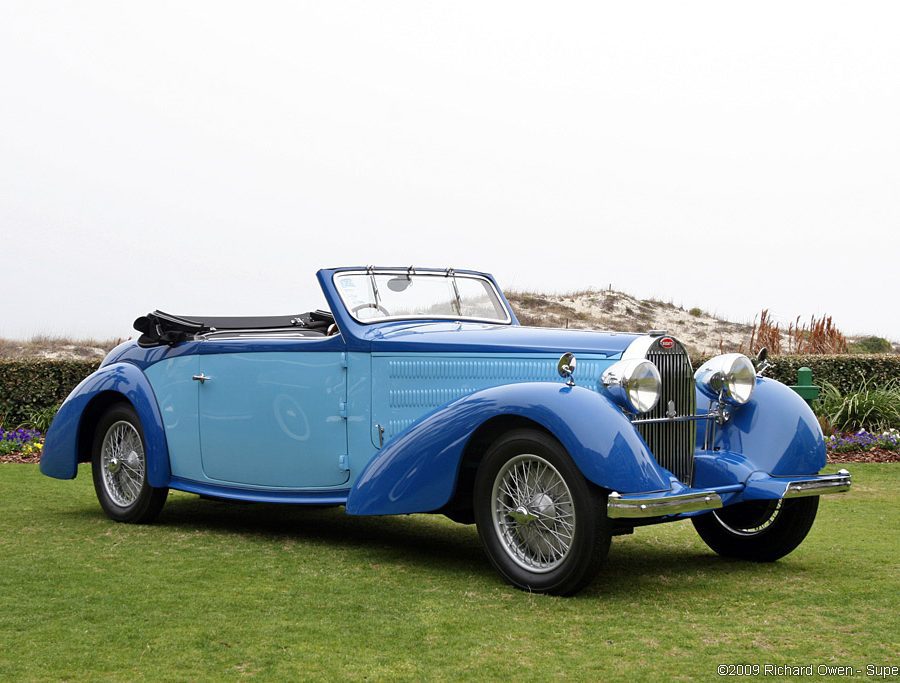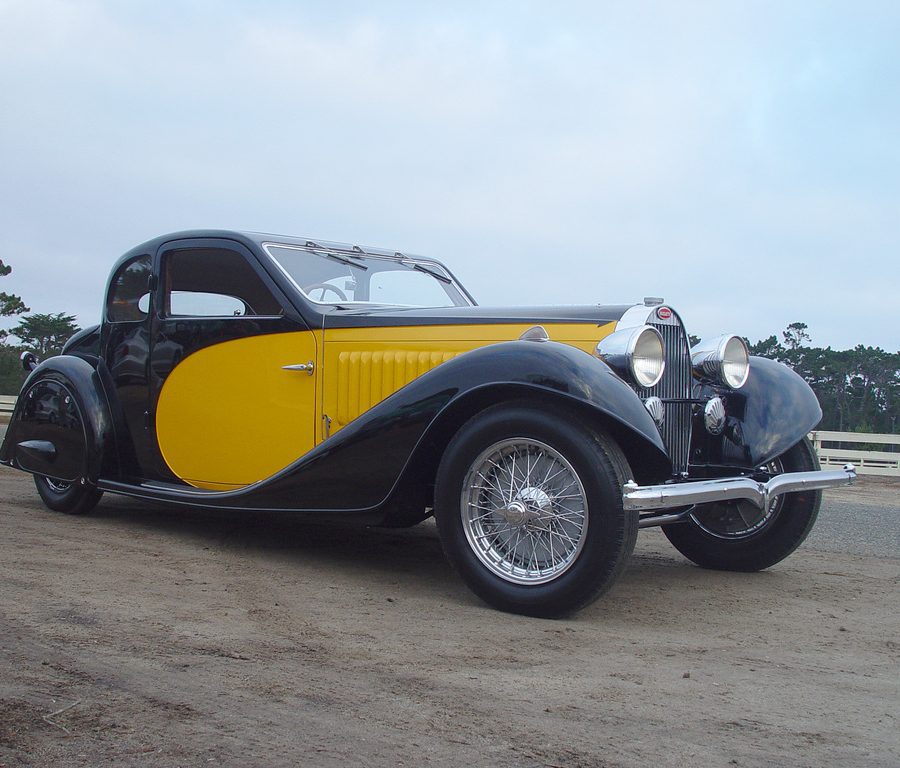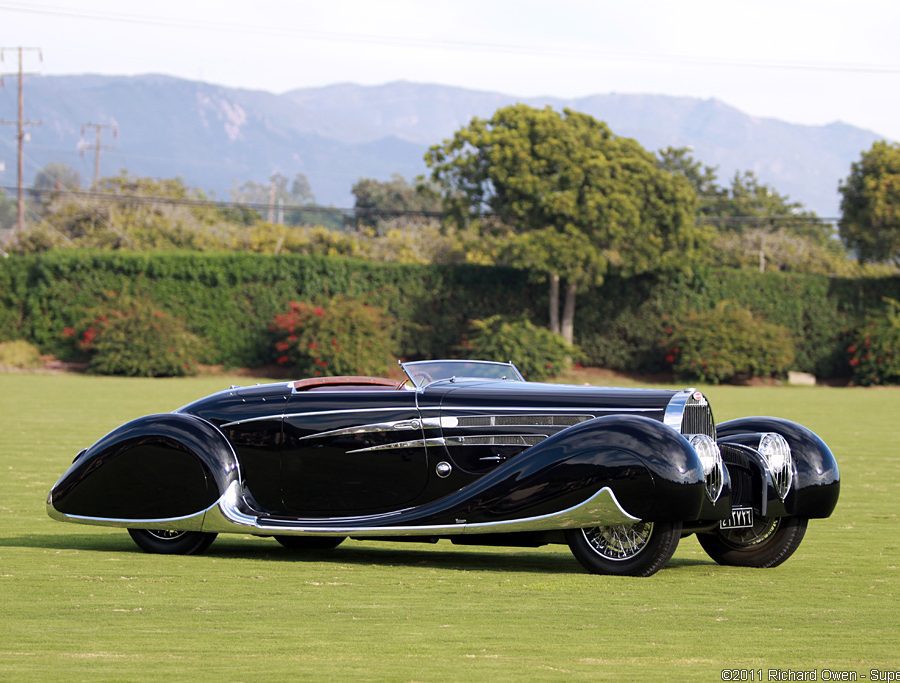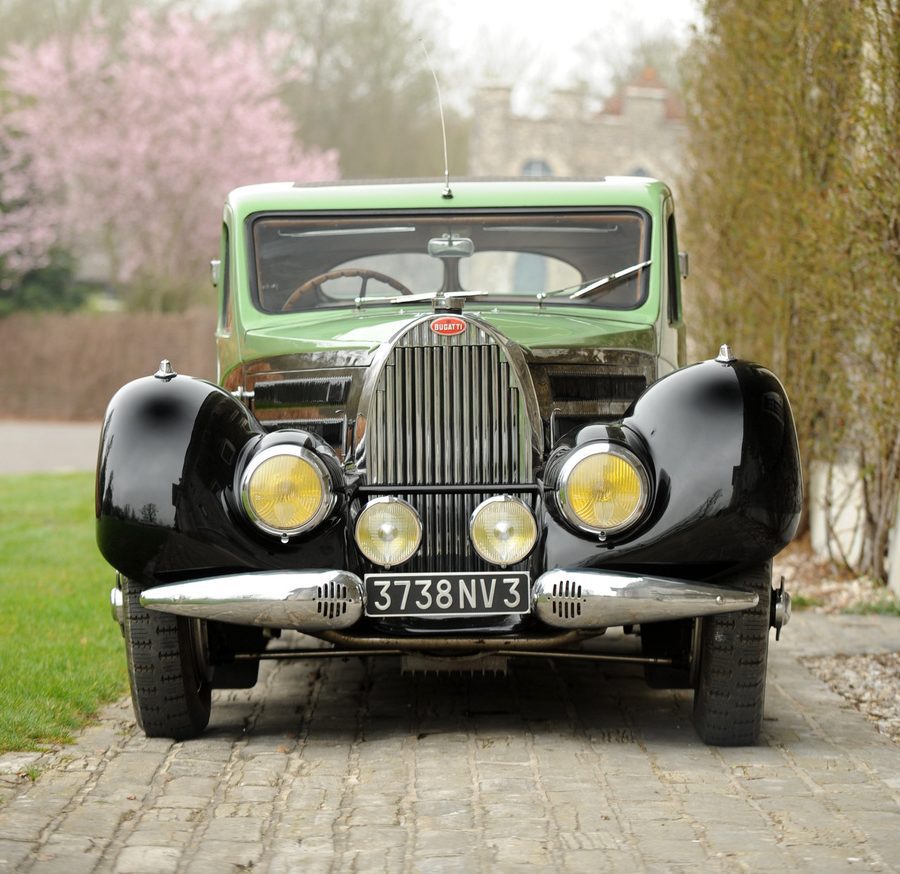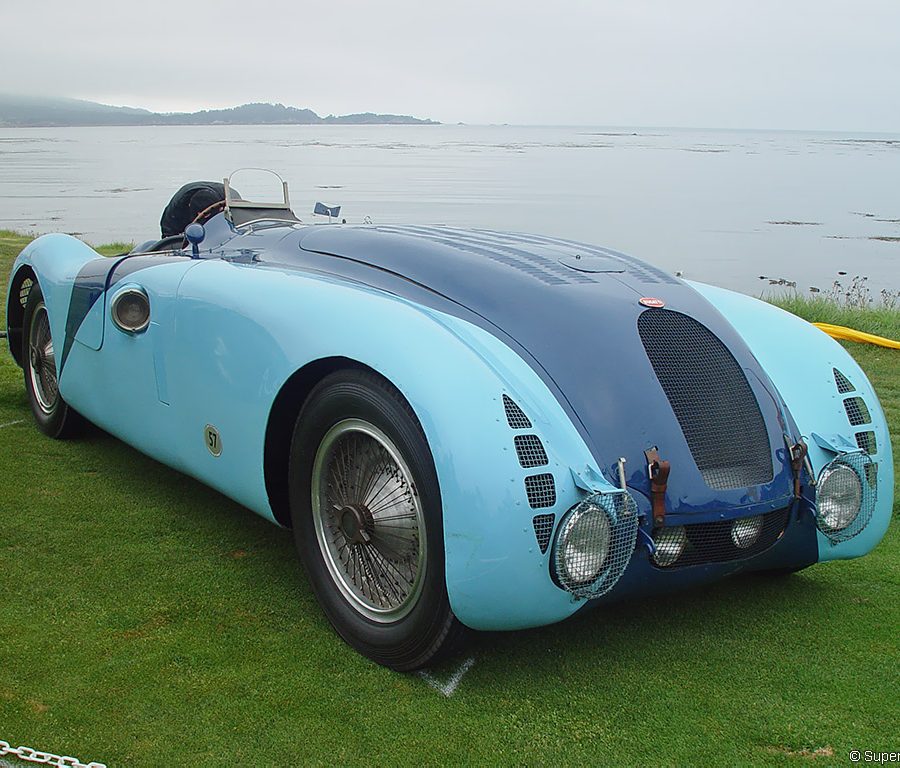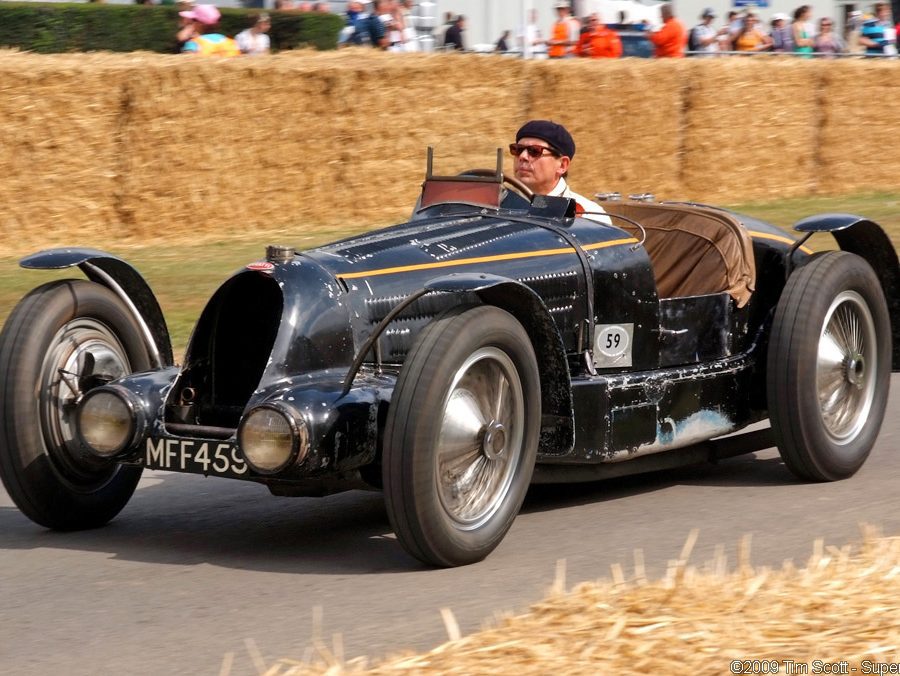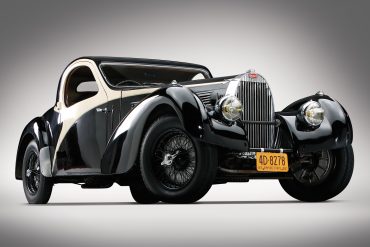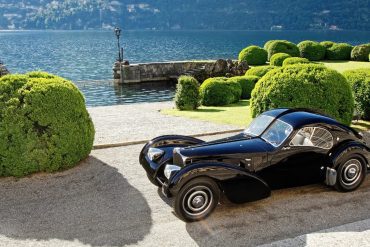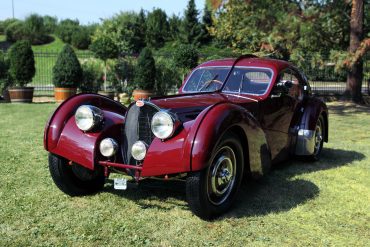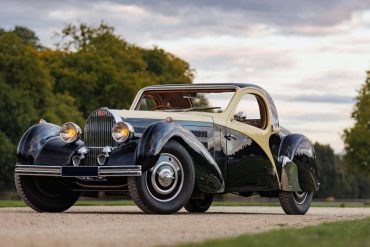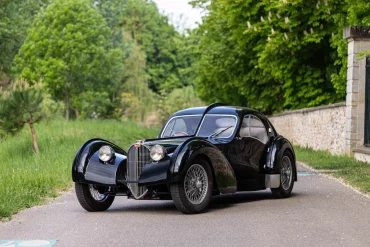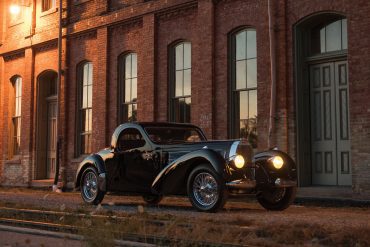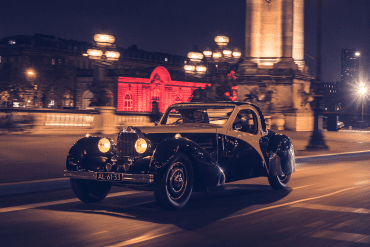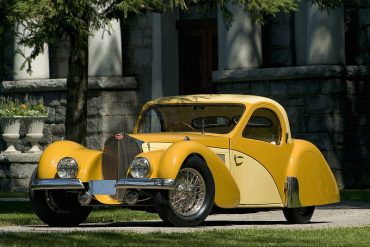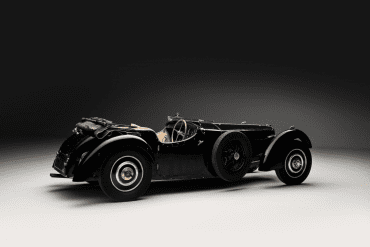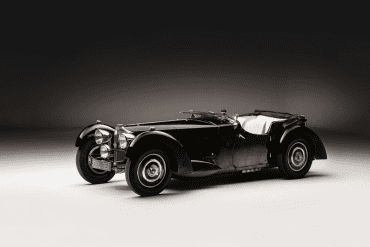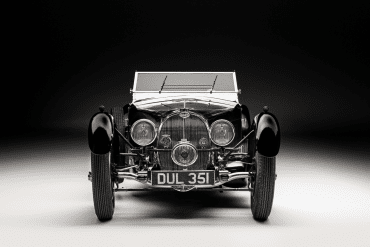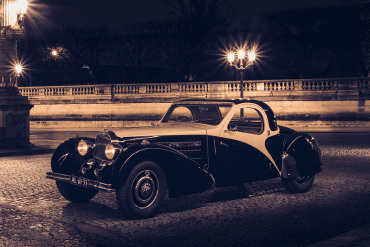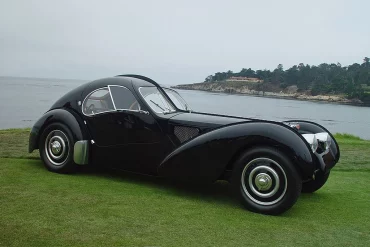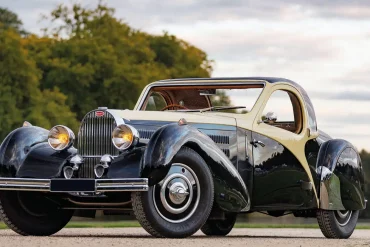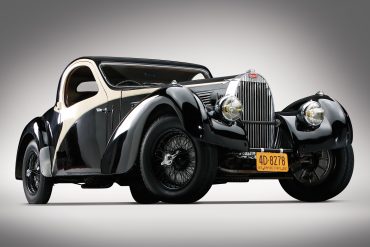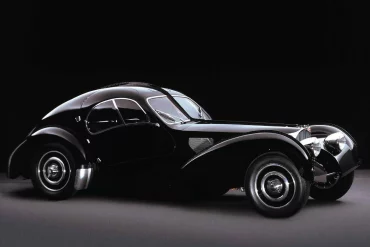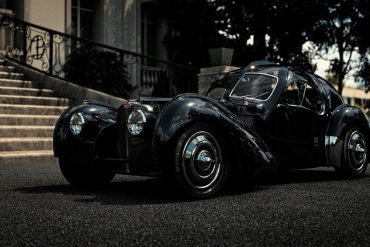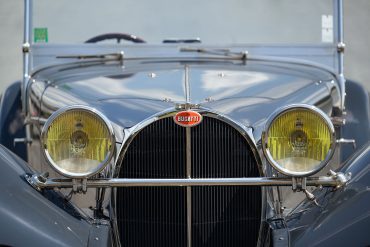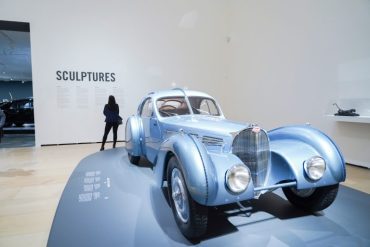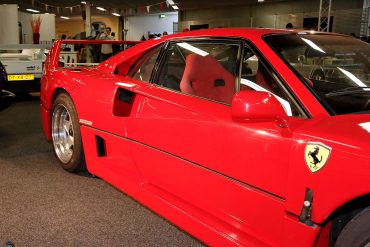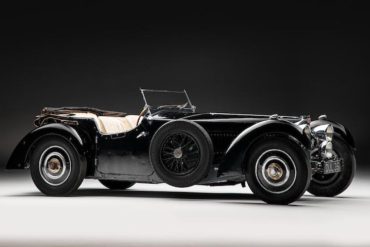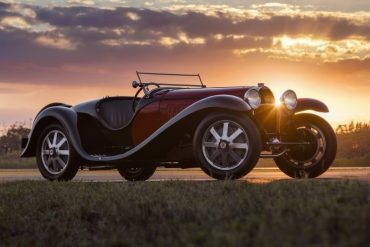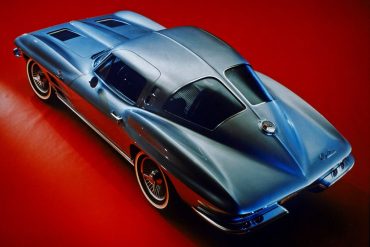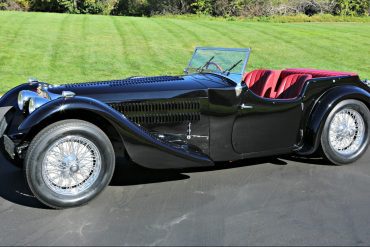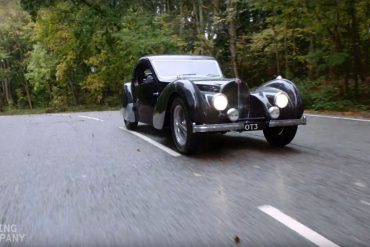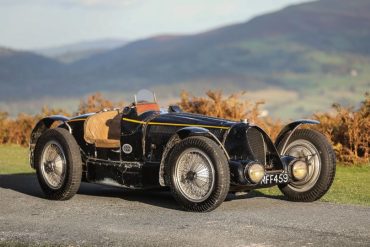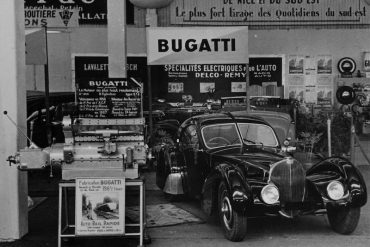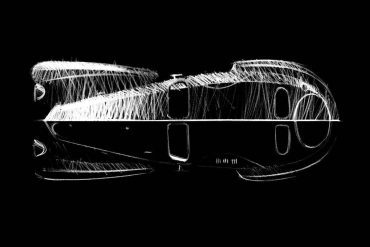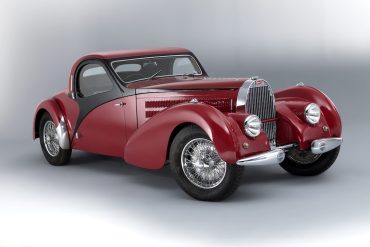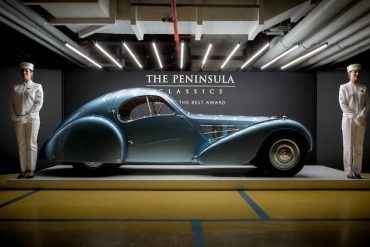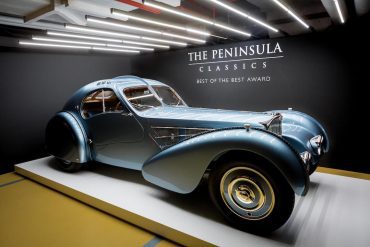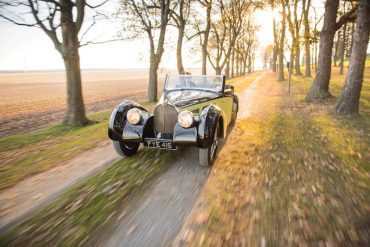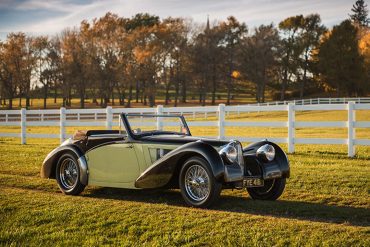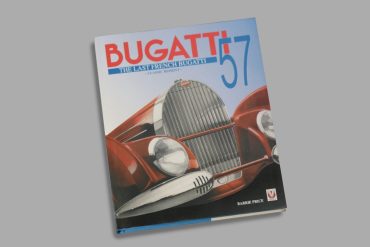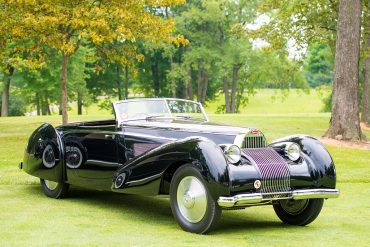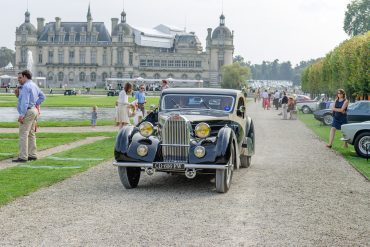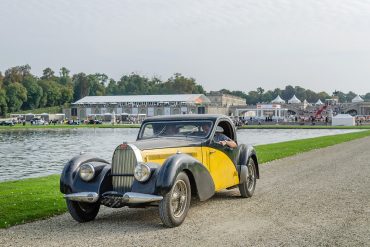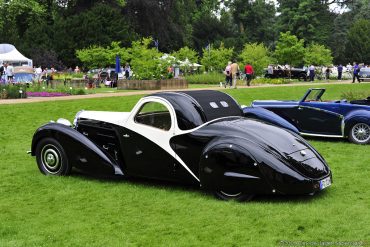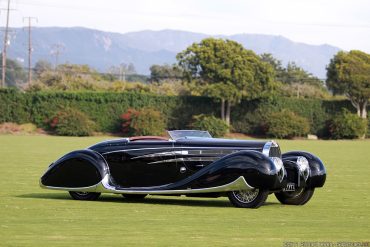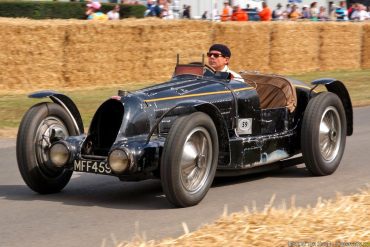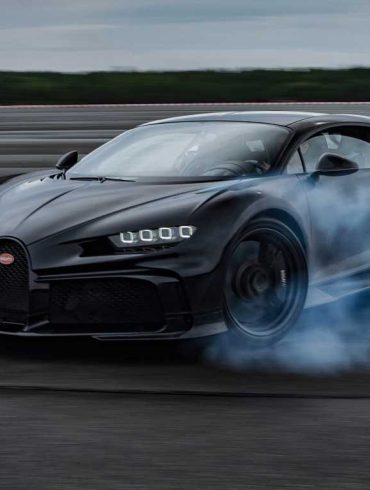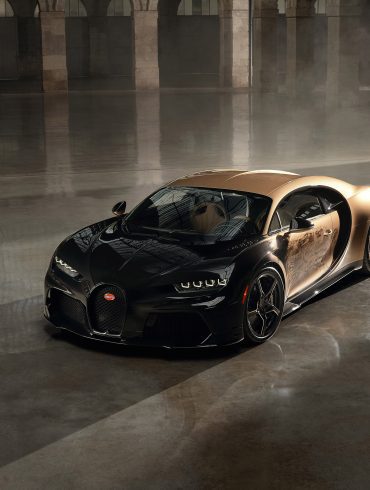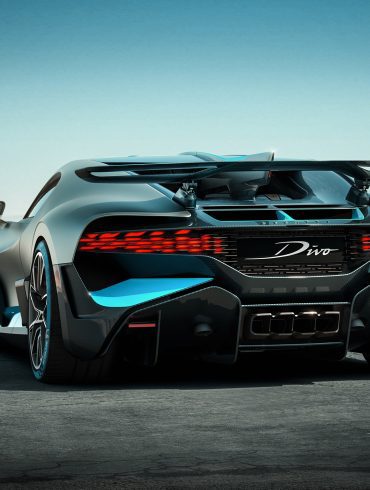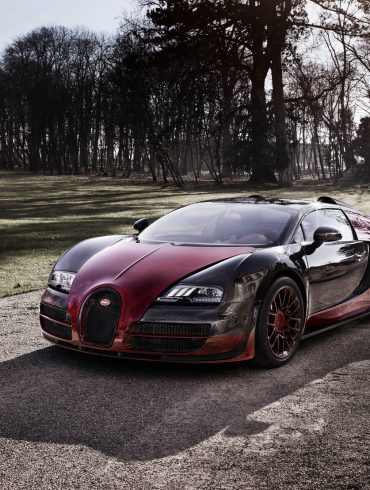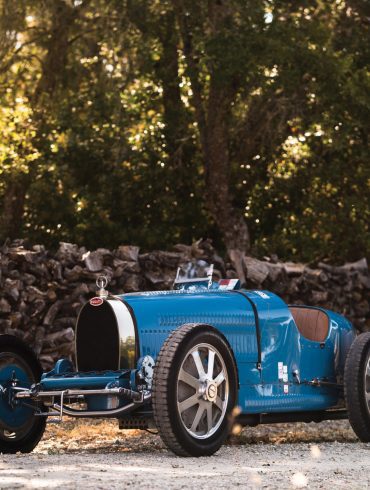Bugatti Type 57 Aérolithe In 1935 Bugatti showed off their prowess at the 1935 Paris Motor Show with the prototype Aérolithe Compétition Coupé that was used an exhibition car and subsequently destroyed. Bugatti intended to manufacture the Aérolithe and other prototype Type 57S cars from Electron, an alloy of magnesium...
Bugatti Type 57
1934 - 1940
The Bugatti Type 57, produced between 1934 and 1940, is one of the most celebrated and iconic models in the storied history of Bugatti. The Type 57 is a true milestone in automotive history, a car that continues to inspire generations of designers and engineers. It's not just a car, it's a symbol of luxury, innovation, and the pursuit of perfection
Overview / Model & Variant List / Models In-Depth / Image Gallery / More Updates
Overview
The Bugatti Type 57, produced between 1934 and 1940, is one of the most celebrated and iconic models in the storied history of Bugatti. Designed by Jean Bugatti, son of the company's founder, Ettore Bugatti, the Type 57 combined engineering excellence with artistic design, making it not only a luxury grand tourer but also a genuine piece of automotive art. The Type 57 is often regarded as one of the greatest pre-war automobiles, embodying the pinnacle of Bugatti's craftsmanship and engineering prowess during its era.
The Type 57's design was a significant departure from earlier Bugatti models, featuring a more modern and streamlined body that reflected the Art Deco movement of the time. Its elegant lines and balanced proportions were matched with high-quality materials and meticulous attention to detail, making each car a bespoke masterpiece.
Several variants of the Type 57 were produced, each with its unique characteristics:
Type 57S: A sportier version with a lower chassis and improved handling.
Type 57SC: Perhaps the most revered variant, the SC (Supercharged) combined the lower chassis of the S model with a supercharger, significantly boosting its performance. The 57SC is among the most valuable and sought-after pre-war classic cars today.
Type 57C: A version equipped with a supercharger but without the lowered chassis of the S and SC variants, offering enhanced performance over the standard Type 57.
Type 57 Atlantic: A special aerolithe-bodied version of the Type 57S, designed by Jean Bugatti. Only four Atlantics were ever made, and they are considered among the most beautiful and exclusive cars in the world.
The Bugatti Type 57 was powered by a 3.3-liter inline-8 engine, producing between 135 to 160 horsepower, depending on the variant and configuration. The supercharged versions, especially the 57SC, offered significantly more power and were capable of top speeds exceeding 120 mph (193 km/h), an impressive figure for the time. The Type 57 was not only a luxury grand tourer but also a capable racing car, with several competition versions achieving success in motorsport events.
The Bugatti Type 57's legacy is defined by its unparalleled blend of performance, luxury, and beauty. It represents the zenith of pre-war automotive design and engineering, with each variant highly prized by collectors and enthusiasts around the world. The Type 57, especially the Atlantic model, has become a symbol of automotive perfection, celebrated for its aesthetic appeal, technical innovation, and racing pedigree.
Today, the Type 57 is celebrated at classic car shows and concours d'elegance events worldwide, where it continues to captivate and inspire generations of car lovers with its timeless elegance and performance. Its influence can be seen in later Bugatti models, which continue to embody the brand's ethos of combining artistic design with cutting-edge engineering.
Bugatti Type 57 Basics
Manufacturer: Bugatti
Production: 1934 - 1940
Produced: 710 units
Assembly: Molsheim, France
Designer: Jean Bugatti
Did You Know?
The iconic horseshoe grille wasn't just a design statement; it served a purpose. It allowed for better airflow and cooling, crucial for the car's powerful engine. The design was originally inspired by a horseshoe Jean Bugatti found on a radiator cap.
While known for its elegance, the Type 57 wasn't just a pretty face. It dominated the racing circuit in the 1930s, winning the 24 Hours of Le Mans twice and numerous other prestigious races.
Each Type 57 was built to the owner's specifications, offering a variety of body styles, colors, and interior finishes. This made them truly bespoke machines, catering to the discerning tastes of wealthy clientele.
Ettore Bugatti famously hid his signature on several Type 57 models. Look closely near the taillight or on the dashboard of some cars to see his discreetly engraved initials, "EB."
"The Type 57 is not only beautiful, but it's also one of the fastest and most capable cars of its era."
Phil Hill, racing driver and Formula One World Champion
Bugatti Type 57 Variants & Derivatives
Each Type 57 was built to the owner's specifications, offering a variety of body styles, colors, and interior finishes. This made them truly bespoke machines, catering to the discerning tastes of wealthy clientele.
Bugatti Type 57 Ventoux
Bugatti Type 57 Stelvio
Bugatti Type 57SC Atlantic
Bugatti Type 57S Atalante
Bugatti Type 57S
Bugatti Type 57 Grand Raid
Bugatti Type 57 Galibier
Bugatti Type 57C Coupé Aerodynamique
Bugatti Type 57C
Bugatti Type 57 Atalante
Bugatti Type 57 Aravis
Bugatti Type 57
"It's a symphony of mechanics, a ballet of power and grace."
Horacio Pagani, founder of Pagani Automobili


